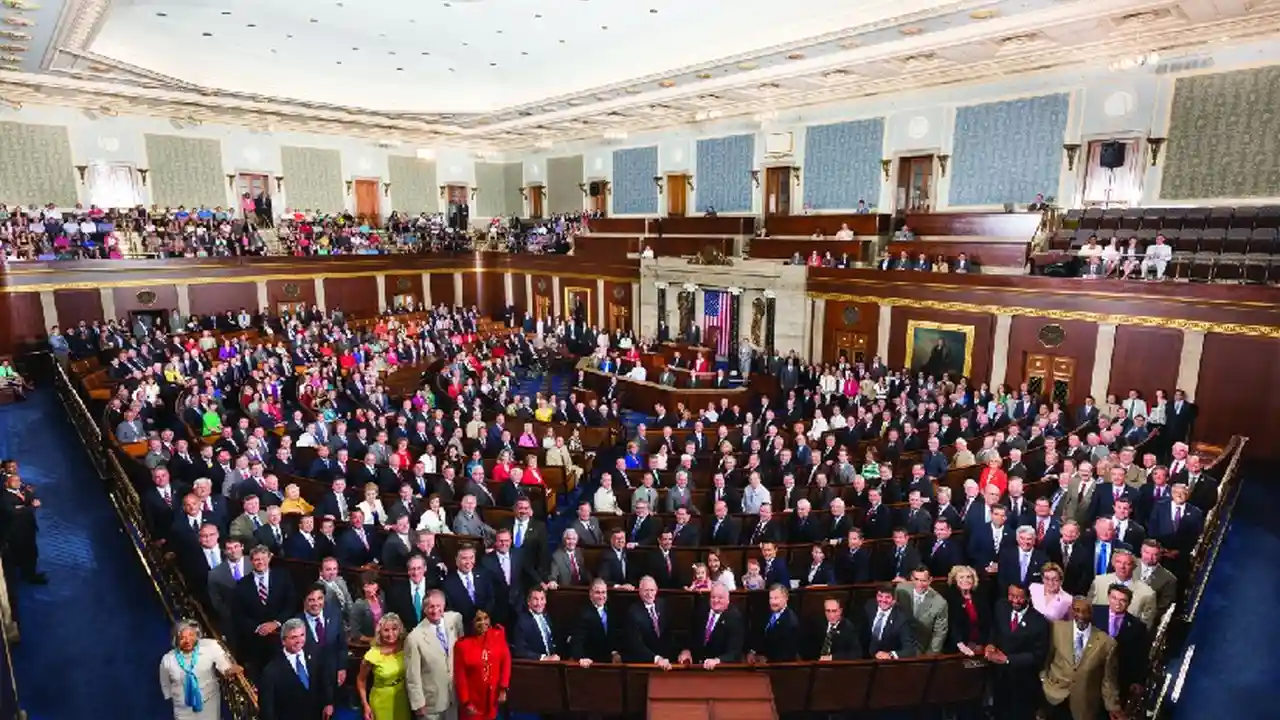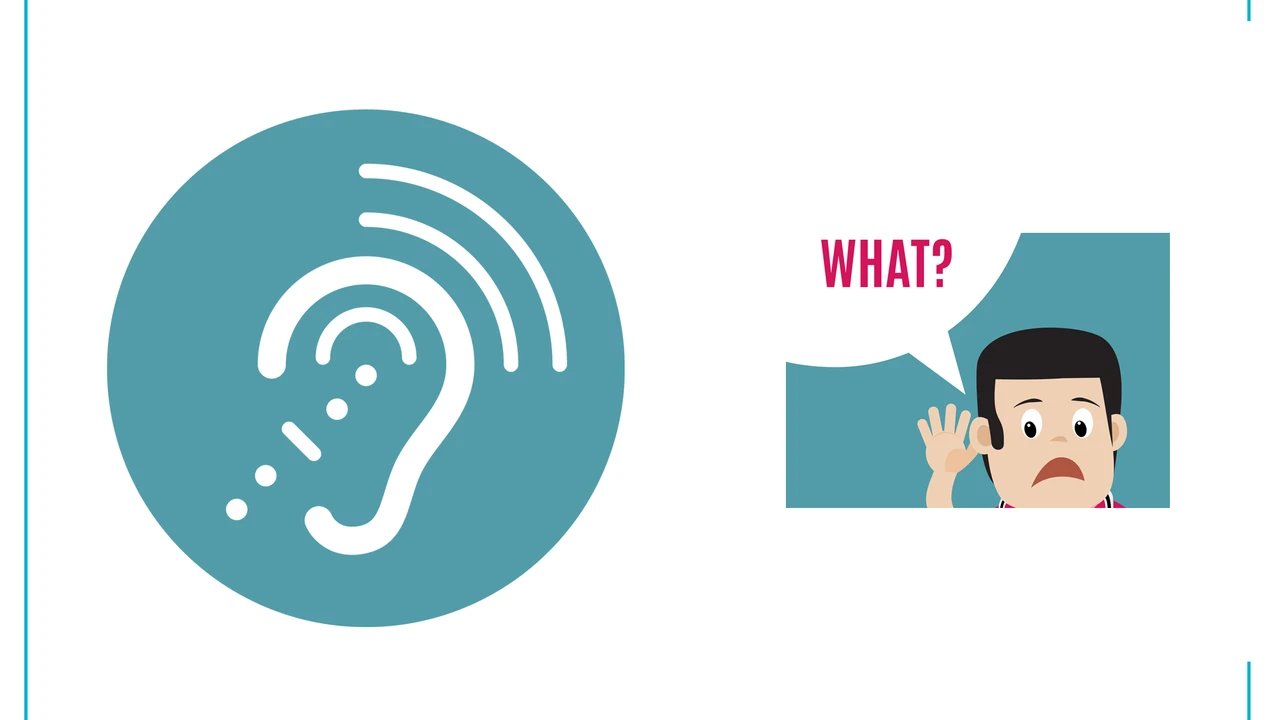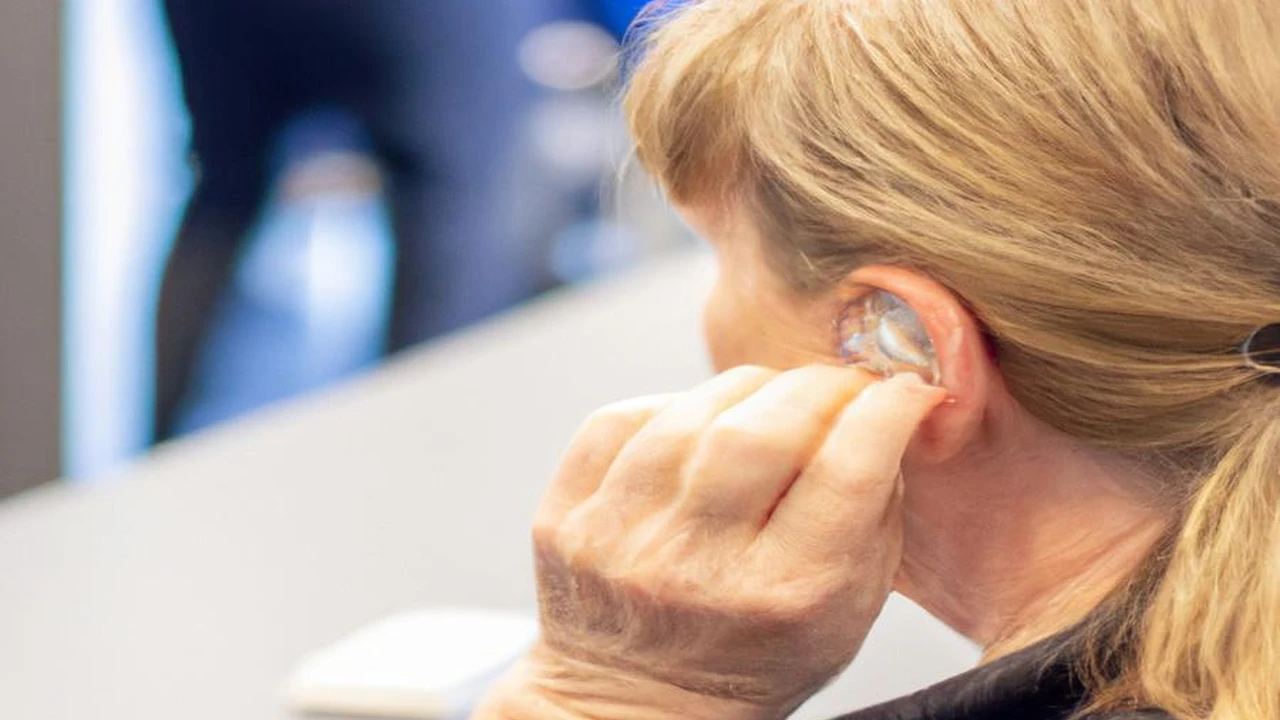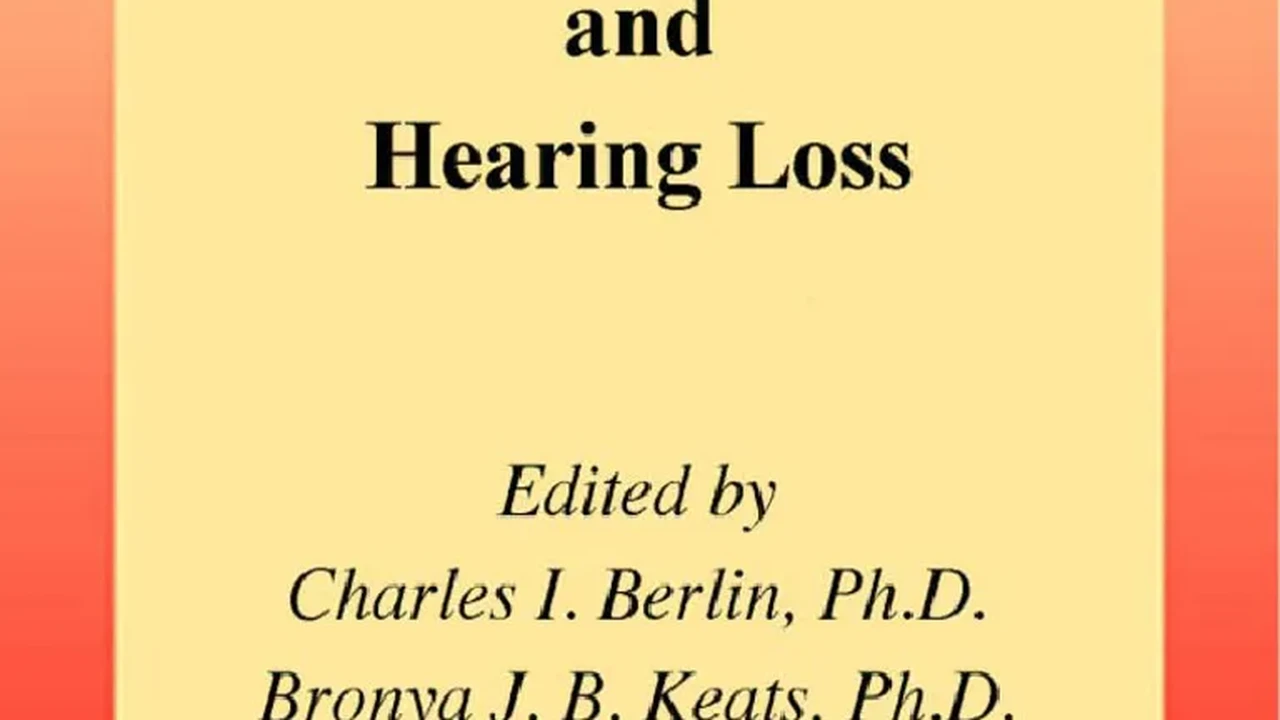Government Programs Assisting With Hearing Aid Costs
Discover government programs and initiatives that can help reduce the cost of hearing aids, especially for eligible individuals and veterans.

Government Programs Assisting With Hearing Aid Costs
Let's be real, hearing aids can be a significant investment. For many, the cost is a major barrier to getting the help they need to hear better. But here's some good news: there are various government programs and initiatives out there designed to help reduce the financial burden of hearing aids, especially for eligible individuals and our valued veterans. Understanding these programs can unlock access to better hearing without breaking the bank. We're going to dive deep into what's available, who qualifies, and how you can tap into these resources.
Understanding the Landscape of Government Hearing Aid Assistance Programs
When we talk about government assistance for hearing aids, it's not a one-size-fits-all situation. Different countries, and even different states or regions within a country, might have their own unique programs. For our target markets of the US and Southeast Asia, we'll focus on the most prominent and accessible options. The key is to know where to look and what criteria you need to meet.
US Government Programs for Hearing Aid Costs
In the United States, several federal and state-level programs offer support. These often cater to specific demographics or income levels. Let's break down the big ones:
Veterans Affairs VA Benefits for Hearing Aids
If you're a veteran, the Department of Veterans Affairs (VA) is often your first and best resource for hearing healthcare. The VA provides comprehensive audiology services, including hearing exams, hearing aids, and related accessories, to eligible veterans. Eligibility typically depends on whether your hearing loss is service-connected or if you meet certain other criteria, such as having other service-connected disabilities that make you eligible for VA healthcare. The VA is known for providing high-quality, state-of-the-art hearing aids from top manufacturers. They often fit veterans with premium devices that might otherwise be out of reach financially. This is a huge benefit for those who have served our country.
How to Access: You'll need to enroll in VA healthcare and then schedule an audiology appointment. Your VA audiologist will assess your hearing and determine your eligibility for hearing aids. The process usually involves a thorough examination, fitting, and follow-up care.
Example Products Provided by VA: The VA typically offers a wide range of hearing aids from major manufacturers like Phonak, Oticon, ReSound, Starkey, and Widex. They often provide advanced models with features like Bluetooth connectivity, rechargeable batteries, and sophisticated noise reduction. For instance, a veteran might be fitted with a Phonak Audeo Lumity or an Oticon More, depending on their specific needs and the audiologist's recommendation. These are often top-tier devices that would retail for several thousands of dollars privately.
Medicare and Hearing Aid Coverage Limitations
This is a common point of confusion. Original Medicare (Parts A and B) generally does not cover hearing aids or routine hearing exams. This is a significant gap in coverage for many seniors. However, there's a silver lining:
- Medicare Advantage Plans (Part C): Many Medicare Advantage plans, offered by private insurance companies, do include benefits for hearing aids, routine hearing exams, and fittings. These plans vary widely in what they offer, so it's crucial to compare different plans in your area. Some plans might offer a fixed allowance for hearing aids every few years, while others might partner with specific providers for discounted rates.
- Medicaid: For low-income individuals and families, Medicaid programs (which are jointly funded by federal and state governments) often provide coverage for hearing aids. The exact benefits and eligibility criteria vary significantly by state. Some states offer comprehensive coverage, while others might have more limited benefits or require prior authorization.
How to Access: For Medicare Advantage, you'll need to research plans available in your county during the open enrollment period. For Medicaid, contact your state's Medicaid agency to understand eligibility and application procedures.
Federal Employee Health Benefits FEHB Program
Federal employees, retirees, and their families enrolled in the Federal Employee Health Benefits (FEHB) program often have access to hearing aid benefits. The coverage varies depending on the specific FEHB plan chosen, but many plans offer allowances or discounts for hearing aids. It's essential to review your plan's benefits brochure or contact your plan administrator for details.
How to Access: Check your FEHB plan's benefits information or contact their customer service directly.
State-Specific Programs and Assistance for Hearing Aids
Beyond federal programs, many US states offer their own initiatives, often targeting children, low-income adults, or individuals with specific disabilities. These can include:
- Children's Health Insurance Programs (CHIP): Similar to Medicaid, CHIP programs often cover hearing aids for eligible children.
- State Vocational Rehabilitation Services: If hearing loss is a barrier to employment, these programs can sometimes provide funding for hearing aids and other assistive listening devices.
- State-funded programs for seniors or low-income individuals: Some states have specific grants or programs to help residents afford hearing aids.
How to Access: Search for 'hearing aid assistance [your state]' or contact your state's Department of Health or Department of Social Services.
Southeast Asian Government Programs for Hearing Aid Costs
The landscape in Southeast Asia is more diverse, with each country having its own healthcare system and social welfare programs. However, many nations are increasingly recognizing the importance of addressing hearing loss.
Singapore Government Subsidies for Hearing Aids
Singapore has a robust healthcare system with various subsidies. For hearing aids, Singaporean citizens and Permanent Residents can often benefit from:
- Means-tested subsidies: Through programs like the Pioneer Generation Package and Merdeka Generation Package, and general healthcare subsidies, eligible individuals can receive significant subsidies for hearing aids purchased from public healthcare institutions. The amount of subsidy depends on income and other criteria.
- MediSave: While MediSave generally doesn't cover hearing aids directly, it can be used for certain related medical expenses.
How to Access: Consult with an audiologist at a public hospital or polyclinic. They can guide you through the subsidy application process. You'll typically need to provide income documents and other relevant information.
Example Products: Public hospitals in Singapore often stock a range of reputable brands. For instance, a patient might receive a Widex Moment or a ReSound ONE, with the subsidy significantly reducing the out-of-pocket cost. A hearing aid that might cost SGD 4,000 privately could be reduced to SGD 1,000 or less after subsidies for eligible individuals.
Malaysia Government Assistance for Hearing Aids
In Malaysia, the Ministry of Health provides some subsidies and services through public hospitals. For eligible citizens, particularly those with lower incomes, there might be assistance programs. The Social Security Organization (SOCSO) also provides benefits for workers who suffer from occupational hearing loss, which can include hearing aids.
How to Access: Visit a government hospital's ENT department or audiology clinic. Inquire about available subsidies or assistance programs. For occupational hearing loss, contact SOCSO.
Example Products: Public hospitals might offer a more basic range of digital hearing aids, often from brands like Siemens (now Signia) or Phonak, at a subsidized rate. The focus is on providing functional hearing improvement rather than premium features, making them accessible to more people. A pair of basic digital hearing aids might be available for MYR 500-1000 after subsidies, compared to MYR 3,000-5,000 privately.
Thailand Government Healthcare and Hearing Aid Support
Thailand's universal healthcare coverage, particularly through the Universal Coverage Scheme (UCS), aims to provide comprehensive medical care. While direct, explicit coverage for hearing aids can vary, public hospitals often offer services and sometimes provide basic hearing aids at a reduced cost or free for eligible patients, especially children or those with severe disabilities. The National Health Security Office (NHSO) oversees these benefits.
How to Access: Consult with an audiologist or ENT specialist at a public hospital. They can advise on the available support and application process through the UCS or other relevant schemes.
Example Products: Similar to Malaysia, the focus in public Thai hospitals is on providing essential hearing solutions. Patients might receive basic BTE (Behind-The-Ear) or ITE (In-The-Ear) digital hearing aids, often from brands like Rexton or Unitron, with costs significantly reduced or covered for eligible individuals. A pair might cost THB 5,000-10,000 privately, but could be free or heavily subsidized.
Philippines Government Health Insurance PhilHealth and Hearing Aids
PhilHealth, the national health insurance program of the Philippines, provides some benefits for medical conditions. While direct hearing aid coverage can be limited, it might cover diagnostic tests and some surgical interventions related to hearing loss. There are also some non-governmental organizations and local government units that might offer assistance programs for hearing aids, often for children or indigent patients.
How to Access: Inquire at public hospitals or through local government social welfare offices. PhilHealth members should check their specific benefits package.
Indonesia Government Social Security BPJS Kesehatan and Hearing Aids
Indonesia's national health insurance, BPJS Kesehatan, aims to provide universal healthcare. For hearing aids, BPJS Kesehatan typically covers a portion of the cost for eligible members, often with a cap on the amount. This coverage usually applies to basic hearing aids and requires a doctor's referral and specific procedures.
How to Access: Consult with an ENT specialist or audiologist at a BPJS-affiliated hospital. They will guide you through the necessary steps and documentation for claiming the subsidy.
Example Products: BPJS coverage often applies to more basic, essential hearing aid models. For example, a patient might receive a basic BTE hearing aid from a brand like Audioservice or a local distributor, with BPJS covering a significant portion of the cost, making it much more affordable than the private market price of IDR 5,000,000 - 10,000,000 per device.
General Tips for Navigating Government Assistance for Hearing Aids
Regardless of where you are, a few universal tips can help you navigate these programs:
- Get a Diagnosis: The first step is always a professional hearing test and diagnosis from an audiologist or ENT specialist. This will determine the type and degree of your hearing loss, which is crucial for eligibility.
- Ask Questions: Don't be afraid to ask your audiologist, doctor, or social worker about available government programs. They often have the most up-to-date information.
- Check Eligibility: Carefully review the eligibility criteria for each program. These often include income levels, age, veteran status, or specific medical conditions.
- Gather Documentation: Be prepared to provide documentation such as proof of income, medical records, veteran discharge papers, or citizenship/residency proof.
- Be Patient: Applying for government assistance can sometimes be a lengthy process. Patience and persistence are key.
- Explore All Avenues: Don't rely on just one program. You might be eligible for assistance from multiple sources, which can be combined to further reduce costs.
Comparing Specific Hearing Aid Models and Their Suitability for Government Programs
While government programs aim to make hearing aids accessible, the specific models and features you receive can vary. Generally, programs prioritize functional hearing improvement. This means you might get a solid, reliable device, but perhaps not always the absolute latest model with every premium feature. However, some programs, like the VA, are known for providing very advanced technology.
Basic vs. Advanced Hearing Aids in Government Programs
Most government programs, especially those focused on broad public health or low-income assistance, tend to cover or subsidize what we'd call 'essential' or 'basic' digital hearing aids. These devices effectively amplify sound, offer some level of noise reduction, and are designed to improve speech understanding in relatively quiet environments. They might not have advanced features like:
- Sophisticated AI-driven sound processing
- Direct streaming to all smartphones (some might have basic Bluetooth)
- Rechargeable batteries (though this is becoming more common even in basic models)
- Advanced directional microphones for complex listening environments
- Tinnitus masking features
However, for many individuals, these basic models provide a life-changing improvement in hearing. The goal is to restore communication and reduce the negative impacts of hearing loss.
Example Scenario: Let's say you're in a Southeast Asian country with a government subsidy program. You might be offered a Signia Pure 1X or a Phonak Audéo B-R 30. These are solid entry-level digital hearing aids. They'll provide clear sound, basic noise reduction, and are reliable. They might not have the advanced AI features of a top-tier Signia Pure Charge&Go AX or a Phonak Audéo Lumity, but they will significantly improve your ability to hear conversations and environmental sounds. The private cost for such basic models might be around $1,500 - $2,500 per device, but with government subsidies, this could be reduced to a few hundred dollars or even free, depending on eligibility.
Premium Hearing Aids Through Specific Programs
As mentioned, programs like the US VA are an exception. They often provide access to premium, state-of-the-art hearing aids. This is because the VA aims to provide the best possible care for veterans, recognizing the profound impact of hearing loss on their quality of life and potential service-connected origins.
Example Scenario: A US veteran might be fitted with a Oticon More 1 or a Starkey Evolv AI 2400. These are top-of-the-line devices with advanced features:
- Oticon More 1: Utilizes a Deep Neural Network (DNN) to process sound, offering a more natural soundscape. It has excellent speech understanding in noise, direct streaming to both iPhone and Android, and rechargeable options.
- Starkey Evolv AI 2400: Features artificial intelligence for superior sound processing, fall detection, and even translation capabilities. It's rechargeable and offers robust connectivity.
The private market price for these premium devices can range from $3,000 to $7,000 per device. Through the VA, eligible veterans receive these at no cost.
Considerations for Different Use Cases
When considering hearing aids through government programs, think about your primary listening needs:
- Quiet Home Environment: Even basic models will perform well here.
- Social Gatherings/Restaurants: More advanced noise reduction and directional microphone features (often found in mid-to-premium models) will be beneficial. Some government programs might offer these if medically necessary.
- Workplace: Connectivity features (Bluetooth for phone calls, streaming from computers) and robust noise reduction are key.
- Active Lifestyle: Durability, water resistance, and secure fit are important.
While government programs might not always offer the absolute 'best' for every niche use case, they aim to provide a significant improvement for the majority of daily listening situations. If your specific needs are not fully met by the standard offerings, you can always discuss options with your audiologist, as there might be pathways to access more advanced features if medically justified or if you're willing to cover the difference in cost privately.
The Application Process and What to Expect with Government Hearing Aid Assistance
Applying for government assistance can feel daunting, but breaking it down into steps makes it more manageable. The exact process will vary by program and country, but there are common threads.
Step-by-Step Guide to Applying for Hearing Aid Subsidies
- Initial Hearing Assessment: This is almost always the first step. You'll need a comprehensive hearing test performed by a qualified audiologist or ENT specialist. This assessment will determine the nature and severity of your hearing loss.
- Identify Eligible Programs: Based on your location, income, age, veteran status, and diagnosis, research which government programs you might qualify for. Your audiologist or a social worker can often help with this.
- Gather Required Documentation: This is crucial. You'll likely need:
- Proof of identity (ID card, passport)
- Proof of citizenship or residency
- Income statements or tax returns (for means-tested programs)
- Medical records, including your audiogram and doctor's referral
- Veteran discharge papers (for VA benefits)
- Proof of insurance (if applicable, e.g., Medicare Advantage, PhilHealth)
- Submit Application: Follow the specific application procedures for each program. This might involve filling out forms online, submitting them in person at a government office, or working through a healthcare provider.
- Assessment and Approval: Your application will be reviewed. For some programs, there might be an additional assessment to confirm eligibility or medical necessity. Once approved, you'll be notified of the benefits you're entitled to.
- Hearing Aid Fitting and Follow-up: With approval, you'll typically be referred to an audiologist (if not already working with one) who will fit you with the appropriate hearing aids. This includes programming the devices to your specific hearing loss, teaching you how to use and care for them, and scheduling follow-up appointments for adjustments and fine-tuning.
Common Challenges and How to Overcome Them
- Bureaucracy and Paperwork: Government programs often involve a lot of forms and processes. Don't get discouraged. Take your time, ask for help if needed, and keep copies of everything you submit.
- Waiting Lists: Some programs, especially those with limited funding, might have waiting lists. Apply as early as possible and inquire about the expected timeline.
- Limited Choices: You might not have the same range of choices as someone buying privately. Focus on the functional benefits and how the device will improve your daily life.
- Understanding Benefits: The terms and conditions of coverage can be complex. Don't hesitate to ask for clarification from program administrators or your healthcare provider.
Remember, these government programs are there to help. By understanding what's available and diligently following the application process, you can significantly reduce the financial burden of hearing aids and take a crucial step towards better hearing and an improved quality of life. It's about empowering yourself with information and advocating for your health needs.
:max_bytes(150000):strip_icc()/277019-baked-pork-chops-with-cream-of-mushroom-soup-DDMFS-beauty-4x3-BG-7505-5762b731cf30447d9cbbbbbf387beafa.jpg)






